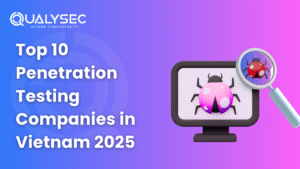
Top 10 Penetration Testing Companies in Vietnam 2025
The rapidly expanding digital economy of Vietnam has raised new cybersecurity issues. Cyberattacks are increasing exponentially as companies convert services
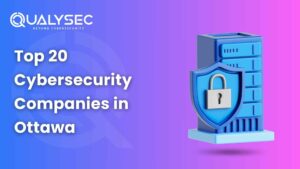
Top 20 Cybersecurity Companies in Ottawa
In 2025, the state of cybersecurity in Canada and Ottawa is at a crossroads. The Canadian cybersecurity market is anticipated
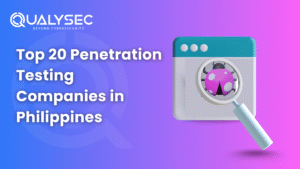
Top 20 Penetration Testing Companies in Philippines
The Philippine Department of Information and Communications Technology reports that the number of cyberattacks aimed at local business units grew
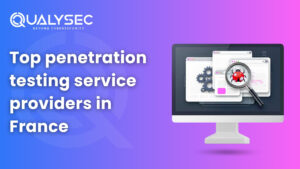
Top 10 Penetration Testing Service Providers in France
Cybersecurity has become one of the most critical issues for firms in France. Consequently, companies are now searching for credible
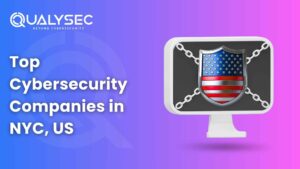
Top Cybersecurity Companies in NYC, US
In 2025, businesses in New York encountered a loss of $3.2 billion due to cybercrimes. Read that again! Looking for

Top 10 Cybersecurity Leaders in Qatar 2025
Did you know that Qatar has been credited as a “Role-Model” country in the Global Cybersecurity Index 2024? That’s a
Table of Contents
This is the heading
console.log( 'Code is Poetry' );

Sara Parker
Kitchen Chronicles
Join me on my journey to a healthier lifestyle

Sara Parker
Kitchen Chronicles
Join me on my journey to a healthier lifestyle



